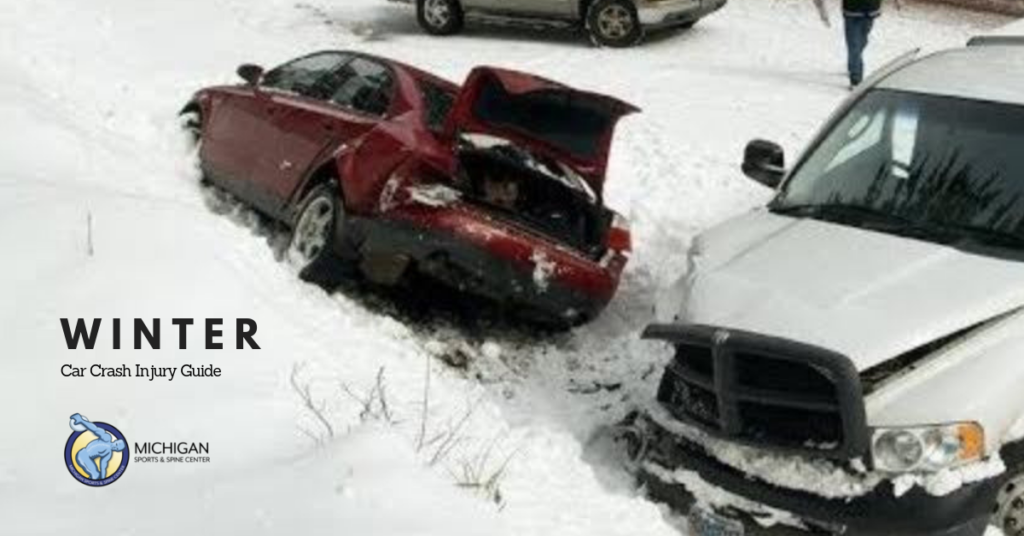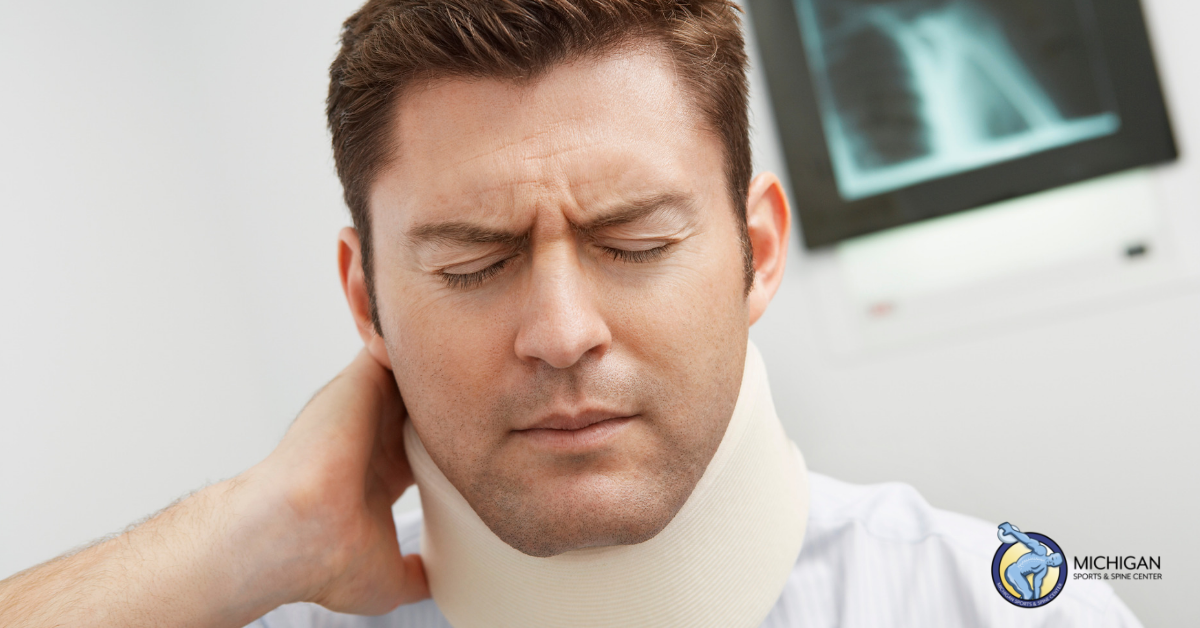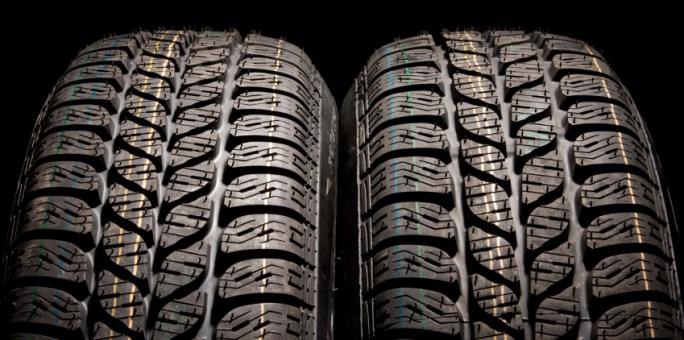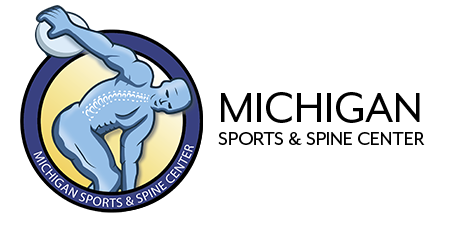Winter Car Crash Injury Guide

It’s winter and that means it’s auto accident season. The temperatures have dropped and with that comes the ice and snow reducing our traction while driving. There is a significant increase in the quantity of both minor and major accidents during winter.
If you do happen to get in an accident some of your injuries may seem minor when the accident happens and this could be due to the adrenalin. However, once the adrenalin wears off, most auto accidents result in lingering injuries. Read on as we explain some of the most common auto accident injuries and how our staff of talented physicians and therapists recommend treating them for a complete recovery!

COMMON TYPES OF INJURIES AS A RESULT OF A CAR ACCIDENT
Brain and Head Injuries:
- The most common and debilitating injuries suffered by auto injury victims is an acquired brain injury caused by the head being jolted or hitting an object violently and traumatically.
- Symptoms can range from mild, moderate or severe, depending on the extent of damage to the brain and the affected area.
- There doesn’t have to be visible signs of trauma (cuts or bruises), in order for the brain to be jostled inside of the skull due to the force of impact, thus causing internal bleeding, bruising and swelling of the brain.
Neck Injuries:
- A common form of injury from a vehicle crash is neck injuries, which can occur in more mild forms such as neck strain and whiplash, to more serious injuries like disc injury and cervical dislocation.
- Common symptoms include:
- pain in the neck
- headaches
- pain in shoulders, arms or hands
- numbness, weakness and slower reflexes in hands and arms
- muscle spasms in the neck
- reduced range of motion in the neck
Back Injuries:
- The lower back is the most common site of back injuries, this includes sprains and strains, herniated discs and fractured vertebrae.
- These injuries cause pain and discomfort and can limit your mobility.
- Often the symptoms of even the most serious back injuries can take some time to show up after a crash.
Spinal Cord Injuries:
- Damage to the spinal cord is caused when displaced bone fragments, disc material or ligaments bruise or tear into spinal cord tissue, destroying the part of our nerve cells that carry signals up and down the spinal cord between the brain and the rest of the body.
- Spinal cord damage often results in a loss of feeling or function.
Internal Injuries:
- Internal damages to the liver, kidneys, lungs, bowels, spleen, aorta or heart are potential results of the impact of a car crash.
- Also common are fractured ribs and punctured lungs.
Knee/Wrist Injuries
- The impact of the crash can cause impact with your knees and wrist on the dash or steering wheel
- The impact may seem minor at first however it may result in a lingering injury that requires therapy
These are the most common injuries that can occur from an auto accident. It’s important to remember that these injuries can be life-threatening and in many situations should be treated by a medical professional immediately.

Weeks after a car accident, drivers and passengers may feel any of the following delayed injury symptoms:
- headaches
- neck or shoulder pain or stiffness
- back pain
- numbness
- abdominal pain or swelling
- changes in personality or physical function
- PTSD
- anxiety or depression
Vehicle crashes involving severe injuries or death can result in crash victims suffering short or long-term psychological injuries, such as emotional stress, PTSD, or persistent depression and anxiety.
CAR CRASH PREVENTION TIPS:
- Whether you’re the driver or the passenger, ALWAYS wear your seat belt when you’re in a vehicle. No exceptions.
- Make sure your car is inspected by a service professional on a regular basis. Replace important safety items like tires and brakes when recommended.
- Be aware of blind spots. While your rearview and side mirrors are vital in outlining the view behind your car, don’t rely on them entirely. Always turn around to look over your shoulder, this will ensure that you aren’t missing something undetected by your mirrors.
- Follow the speed limits.
- Learn about your vehicle safety features. Knowing your car is one of the first lines of defense against a potential accident. Many models are adding extra safety features to help avoid accidents, including lane departure warnings, head-on collision warnings, auto-braking, and adaptive headlights.
- Don’t drink and drive.

If you or a loved one has been injured in an auto accident, having a comprehensive treatment team like Michigan Sports & Spine, who understands your injury and the healing process, is imperative to your recovery.
ABOUT MICHIGAN SPORTS & SPINE CENTER:
We’re innovative leaders utilizing cutting-edge technologies such as musculoskeletal ultrasounds, PRP, stem cell treatment, and other innovative procedures. Michigan Sports & Spine Center is committed to resolving your pain, not simply masking it. We treat the whole body, not just the injury, and perform preventative treatment so your injury doesn’t come back. Our studies prove that Michigan Sports & Spine Center has patient success rates much higher than the national average. We treat everyone from high-profile athletes to your neighbor next door. Our primary focus is getting our patients back into the game of life!
Sources: Center for Disease Control and Prevention, National Safety Council, Association for Safe International Road Travel
